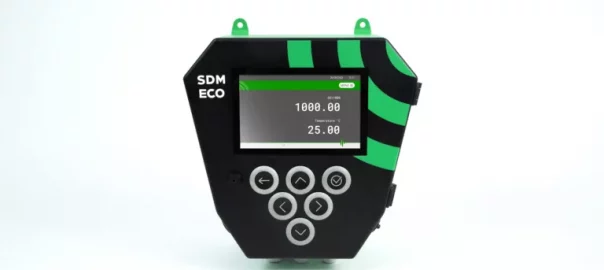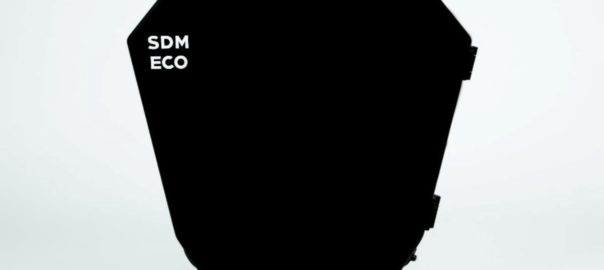Rhosonics, a global leader in non-nuclear slurry density meters, has unveiled its third-generation product, the SDM ECO.
The SDM ECO is a significant advancement in slurry density measurement technology, according to the company, offering improved accuracy, reliability and user-friendliness.
The product preludes a new era of slurry density measurements, Rhosonics says.
The SDM ECO uses ultrasonic technology to measure the density of slurries in real time, without the use of hazardous radioactive materials. This makes it a safer and more cost-effective alternative to traditional radiometric density meters.
The Rhosonics density meter has a rugged design for continuous operation in harsh industrial environments. It is also ergonomic, which makes the SDM ECO easy to install and maintain, featuring a user-friendly interface and intuitive software.
The product offers multiple analogue and digital outputs. Settings can be changed remotely through a web server, without the need to install product-specific software. The use of an optional Wi-Fi module, meanwhile, allows the SDM ECO to be controlled using a mobile phone or tablet
The SDM ECO is ideal for a wide range of applications in mineral processing, dredging, tunneling and other industries. Furthermore, it can be used to monitor process stability and, when combined with a flow meter, can track the quantities of slurry being transferred to downstream processes. This, ultimately, contributes to optimising operational efficiency.
“The SDM ECO represents a significant advancement in slurry density measurement technology,” Vitor Braz, Global Sales Manager at Rhosonics, said. “With its improved accuracy, reliability, and user-friendliness, we are confident that the SDM ECO will become the new benchmark for slurry density meters in the market.”








